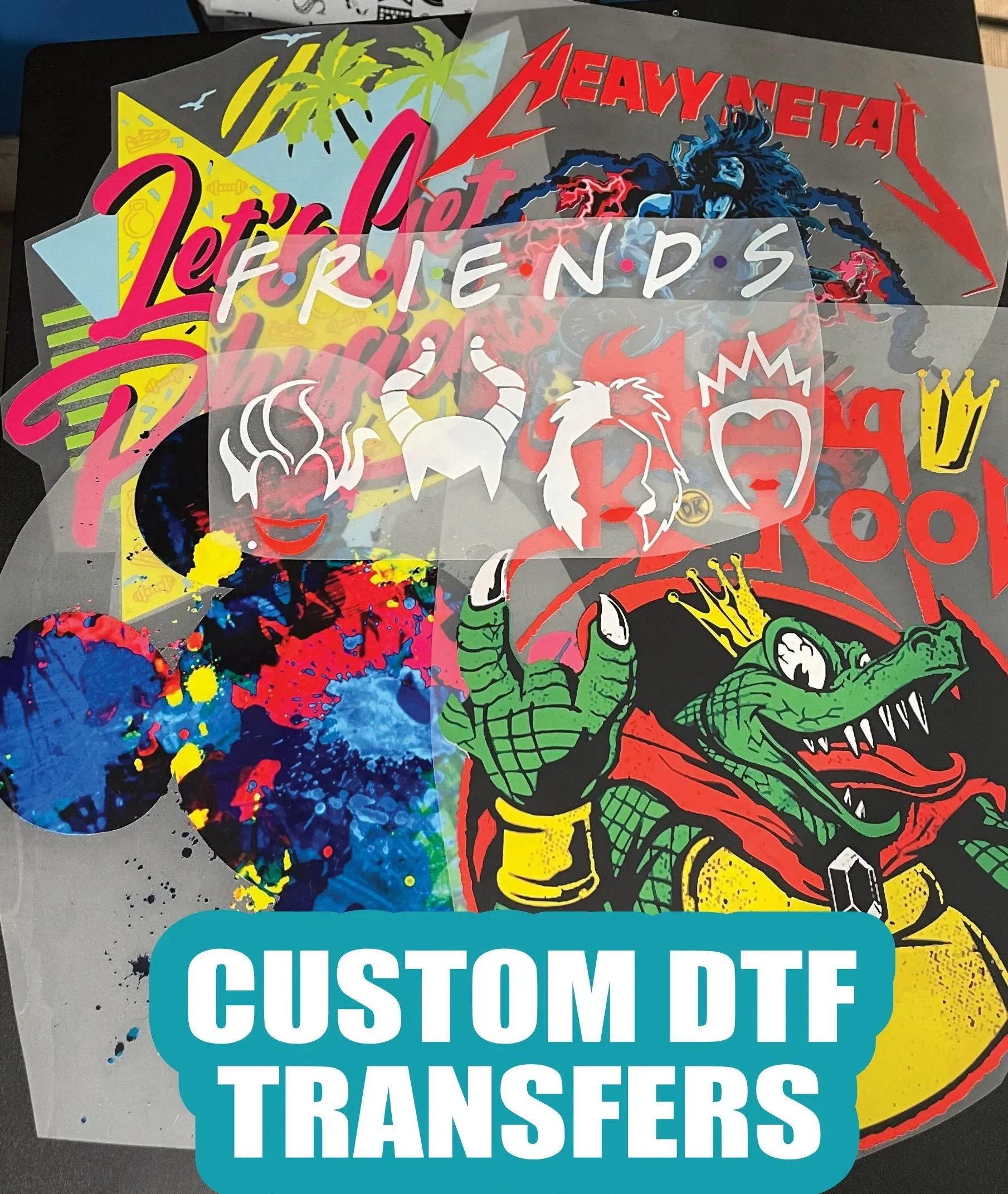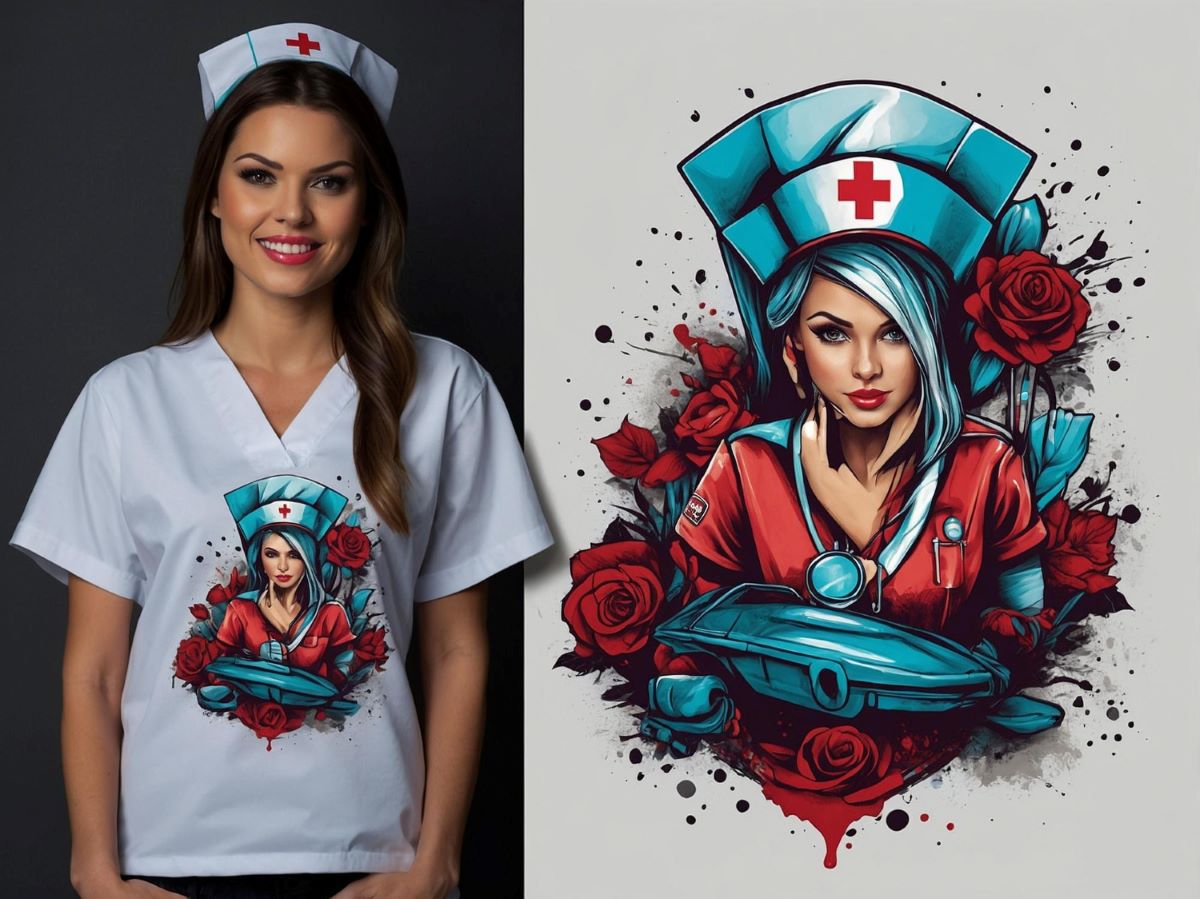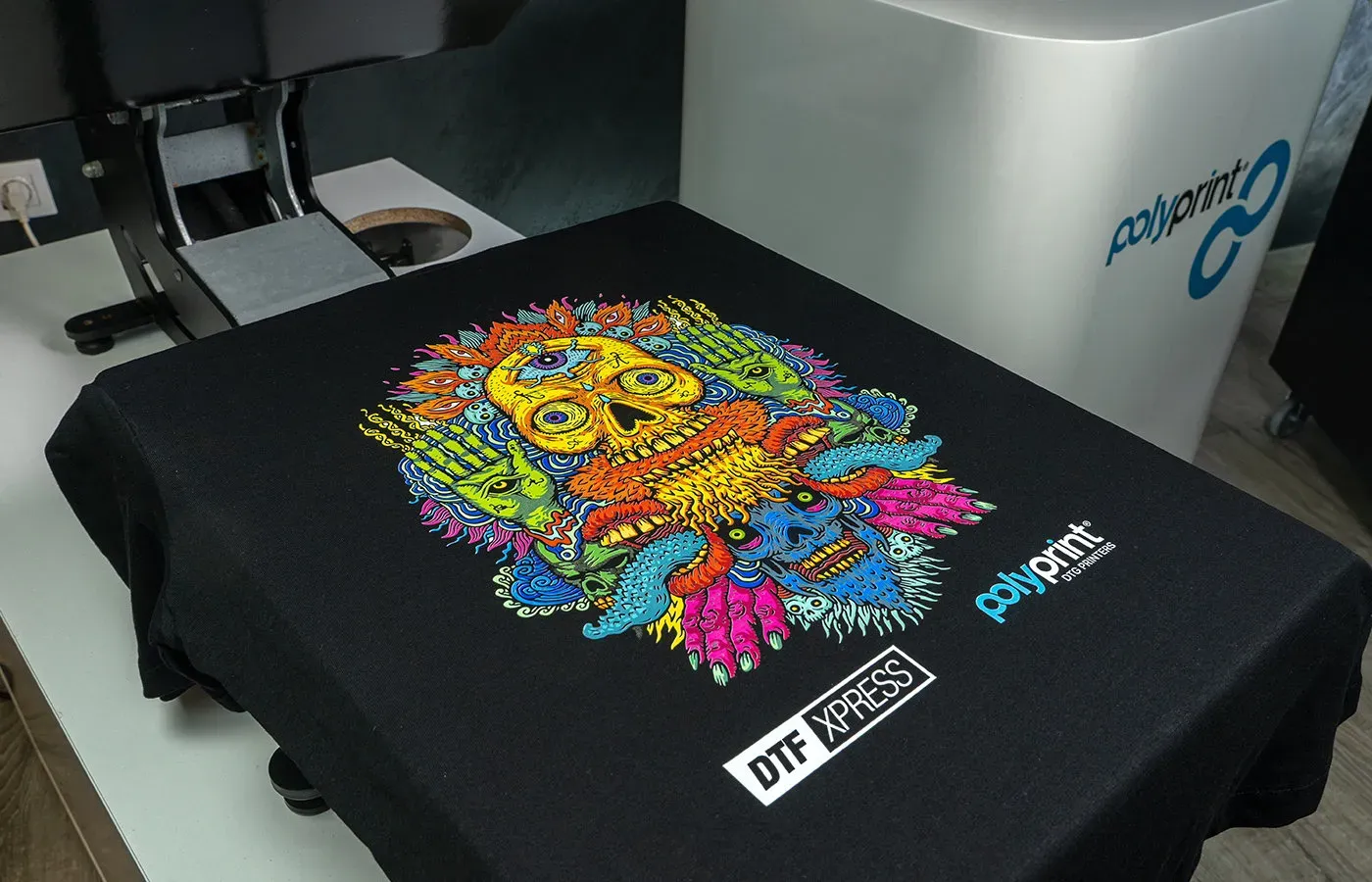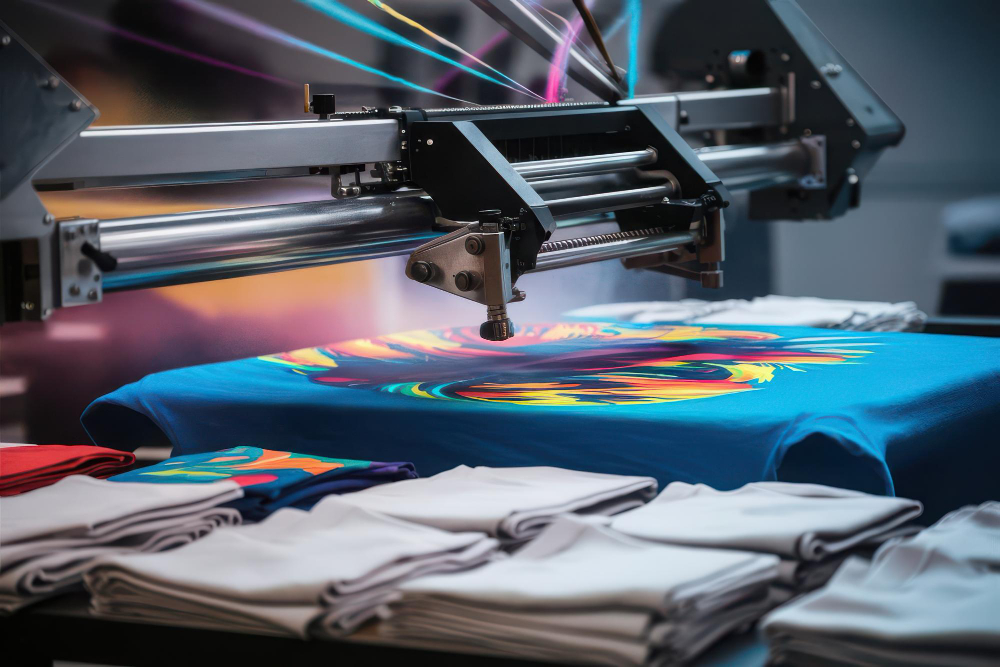DTF Transfers: Tips and Tricks for DIY Enthusiasts
DTF transfers, or direct to film transfers, are quickly changing the landscape of custom t-shirt printing and DIY fabric design. This innovative technique allows crafters and small business owners to bring their creative visions to life with professional-quality prints that stand the test of time. By mastering the DTF transfer process, enthusiasts can easily create vibrant, detailed designs that can be applied to a variety of fabrics, from cotton to polyester blends. In this guide, we’ll explore everything you need to know about DTF printing, including essential tools, techniques, and tips to ensure your projects turn out perfectly every time. Join us in discovering how DTF transfers can transform your crafting experience and elevate your custom designs to new heights.
The art of direct-to-film printing, widely known as DTF, offers a fresh avenue for those interested in fabric decoration and personalized apparel. By employing a unique application method, this technique empowers DIY enthusiasts to produce stunning graphic designs on textiles with remarkable precision and durability. Whether you’re venturing into custom t-shirt design or simply seeking to refresh your home decor, mastering the DTF transfer method unlocks endless creative possibilities. Moreover, as this method continues to gain traction, it brings new hope for aspiring designers looking to enhance their print quality and overall results. Within the realms of DTF printing, you’ll find a treasure trove of insights that can guide you through every step of the process.
Exploring the Benefits of DTF Printing
DTF printing, or direct to film printing, offers a wealth of benefits for DIY enthusiasts looking to enhance their fabric projects. One of the primary advantages is the ability to print intricate designs with vivid colors that remain vibrant even after multiple washes. This quality is particularly appealing for custom T-shirt printing, where maintaining the integrity of the design over time is crucial. Additionally, DTF transfers allow you to print on a wide range of fabrics without compromising the quality or texture, opening up possibilities for various projects.
Beyond aesthetics, the DTF transfer process is also user-friendly, requiring minimal training for those new to fabric design. With the right equipment and a bit of practice, individuals can produce professional-grade prints from the comfort of their home. Furthermore, DTF printing is cost-effective in the long run, especially for small businesses or enthusiasts looking to create custom apparel. The combination of exceptional quality, versatility, and ease of use makes DTF printing an ideal choice for anyone passionate about DIY fabric design.
Key Components of DTF Transfer Equipment
To successfully execute high-quality DTF transfers, investing in the right equipment is essential. At the core of DTF printing is a specialized DTF printer, which is designed to handle the specific ink types and film required for this transfer method. These printers can vary in price and quality, but selecting a model that offers excellent color fidelity and consistency is crucial for achieving optimal results in your fabric designs.
Additionally, the quality of DTF transfer films can significantly affect the end product. High-grade transfer films are engineered to bond effectively with different fabric types, ensuring that your designs stay intact and vibrant over multiple washes. Equally important is the DTF powder adhesive, which plays a vital role in achieving a strong bond between the printed design and the fabric. By selecting quality materials and equipment, DIY enthusiasts can enhance the durability and appearance of their DTF transfers, leading to a more polished final product.
Mastering the DTF Transfer Process
Understanding the DTF transfer process is key to mastering this innovative printing method. The journey begins with creating a digital design using graphic design software, ensuring it is saved in a compatible format for printing. This initial step is crucial as the quality of the artwork directly impacts the print outcome. Attention to detail during the design phase can lead to striking results when the transfer is finally applied to fabric.
Once the design is ready, the next steps involve printing on the DTF transfer film and applying the adhesive powder. It’s essential to handle each stage with care to prevent issues like smudging or uneven application of adhesive. Following these steps with precision ensures that the final pressed product captures the intended vibrancy and detail. By focusing on the intricacies of the transfer process, enthusiasts can achieve results that rival those of commercial printing services.
Tips for Flawless DTF Transfers
Achieving flawless DTF transfers requires a blend of quality materials and meticulous techniques. Investing in top-notch transfer films and DTF powder adhesive can make a world of difference in the final product’s look and longevity. Cheap materials often lead to problems such as fading or peeling, ultimately frustrating your efforts. Therefore, it’s essential to choose trusted brands known for their reliability in the DTF printing community.
In addition to material quality, paying attention to heat settings during the pressing phase is critical. Different fabrics react differently under heat, so it’s wise to experiment to find the optimal temperature and pressing time for each type of fabric you’re using. Providing proper care instructions, such as washing in cold water and avoiding high-temperature drying, can also help preserve the quality of the print, ensuring that your custom designs last.
Future Innovations in DTF Printing
The future of DTF printing looks promising, with ongoing innovations expected to make the process even more efficient and user-friendly. Developments in eco-friendly inks align with the growing demand for sustainable practices within the fabric printing industry. As a result, DIY enthusiasts will not only have access to vibrant and durable prints but also contribute positively to the environment.
Software advancements will also play a significant role in enhancing the DTF transfer process. New design tools and applications will simplify the creation of complex graphics, making it easier for beginners to enter the world of custom fabric printing. With these advancements, DTF printing is set to become more accessible, empowering a new generation of creators to experiment and innovate within this exciting craft.
Creating Unique Custom T-Shirt Designs with DTF Transfers
Custom T-shirt printing through DTF transfers allows for an endless array of creative possibilities. By mastering the DTF process, individuals can transform their unique ideas into wearable art. This method is particularly advantageous for personal projects or starting a small clothing line, as it enables custom designs that can capture the essence of personal style or brand identity.
In addition, the ability to print on various fabric types means that creators can cater to different markets, whether fast fashion or eco-conscious consumers. By leveraging the versatility of DTF transfers, designers can offer an exciting range of products that meet diverse customer preferences while maintaining top-notch quality in their outputs.
Frequently Asked Questions
What are DTF Transfers and how do they work in custom t-shirt printing?
DTF transfers, or direct to film transfers, are a printing method that enables the creation of vibrant and durable designs for custom t-shirt printing. This process involves printing your artwork onto a special film and applying it to fabric using heat and adhesive powder, resulting in high-quality prints that feel soft and maintain their colors.
What is the step-by-step DTF transfer process for DIY fabric design?
The DTF transfer process begins with designing your artwork, followed by printing it on DTF transfer film. After applying DTF powder adhesive to the wet print, you use a heat press to bond the design to the fabric. This method ensures lasting results and professional quality for DIY fabric design projects.
What equipment is essential for successful DTF printing?
To achieve quality DTF transfers, you will need a DTF printer, high-quality DTF transfer film, DTF powder adhesive, and a reliable heat press. Each piece of equipment plays a crucial role in ensuring the durability and vibrancy of your custom designs.
Why is it important to use high-quality materials for DTF transfers?
Using high-quality materials like DTF transfer film and adhesives is vital for achieving the best results in your DTF printing projects. Poor-quality materials can lead to issues like incomplete transfers, fading colors, and reduced durability in your custom fabric designs.
What tips can improve my DTF transfer results in DIY projects?
To enhance your DTF transfer projects, invest in quality materials, calibrate temperatures according to fabric types, and provide proper care instructions for washing. Experimenting with these factors can significantly improve the longevity and appearance of your designs.
What future trends should I expect in DTF printing technology?
Future trends in DTF printing technology may include advancements in printing equipment, eco-friendly inks for sustainable textile production, and improved design software. These innovations will likely make DTF transfers more accessible and efficient for DIY enthusiasts and small businesses alike.
| Key Point | Description |
|---|---|
| What is DTF Transfer? | A printing technique that allows vibrant images on various fabrics by using a special film and adhesive. |
| Essential Equipment | Includes a DTF printer, transfer film, powder adhesive, and heat press for best results. |
| Step-by-Step Process | Involves designing, printing, applying adhesive, and heat pressing the design onto the fabric. |
| Tips for Success | Use quality materials, calibrate temperature based on fabric type, and follow washing instructions. |
| Future Trends | Technology advancements in DTF printing & eco-friendly inks will enhance the crafting experience. |
Summary
DTF Transfers are significantly changing the landscape of DIY crafting by providing methods that yield professional-quality results and increased creativity for enthusiasts. The approach combines high-quality equipment, detailed procedural knowledge, and insightful tips to ensure successful application. With the right practices, DIYers can embrace this innovative technology to enhance their fabric designs, making each project an exciting opportunity for expression. As we look toward the future, DTF Transfers are poised to introduce even broader sustainable practices and user-friendly advancements, further empowering individuals interested in fabric printing.






